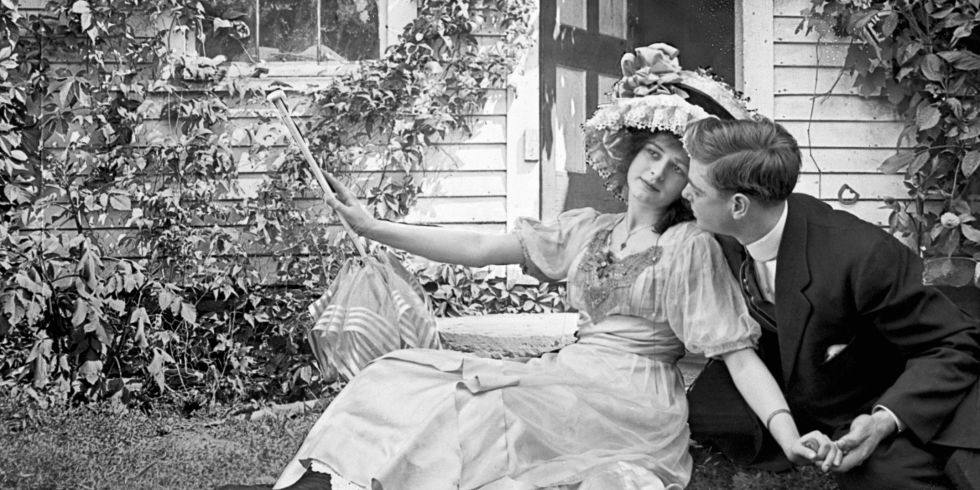For most people, Valentine’s Day means handwritten heart-shaped notes, thoughtful gifts of flowers or jewelry, and most importantly, time spent with a loved one. But why is February 14th considered the day of love? And how did the holiday start in the first place?
It turns out, nobody really, truly knows the true history of Valentine’s Day. But what we do know about the origins of Valentine’s Day isn’t all that romantic. The day is named, of course, for St. Valentine, but why? And which Valentine? There were apparently two Valentines executed on February 14 (albeit in different years) by Emperor Claudius II, reports NPR—the reason the church designated the day for the martyrs.

It’s possible that the heart-filled holiday is based on a combination of the two men, according to The New York Times. A widely accepted tale was published in The Boston Globe in 1965 and posits that one, Saint Valentine of Terni who was executed around 278 A.D., had been secretly officiating weddings for Roman soldiers against the emperor’s wishes, making him, in some eyes, a proponent of young love.
Many also believe that St. Valentine’s Day was designated by Pope Gelasius I in order to replace the ancient Roman festival Lupercalia. The debaucherous feast fell around the same time and involved a pagan ritual of naked men whipping women with the blood-soaked hides of sacrificial animals (yes, really), which they believed promoted fertility. Following this flagellation was an equally strange tradition, in which men selected women’s names at random to decide who would remain together the rest of the festival, or if the match was successful, for life.

However, a University of Kansas English professor, the late Jack B. Oruch, had a different theory, notes the Times: Through research, he determined that the poet Geoffrey Chaucer linked love with St. Valentine for the first time in his 14th-century works “Parlement of Foules” and “The Complaint of Mars.” Therefore, Oruch claimed that Chaucer invented Valentine’s Day as we know it today. At the time, February 14 also happened to be considered the first day of spring since it was the beginning of birds’ mating season—perfectly appropriate for a celebration of affection.

Whether or not Chaucer can be fully credited, it is true that he and fellow writer Shakespeare popularized the amorous associations surrounding the day. Soon, people started penning and exchanging cards.

By the early 1910s, an American company that would one day become Hallmark began distributing Valentine’s Day cards. Flowers, candy, jewelry, and more followed, and the rest, of course, is history.













